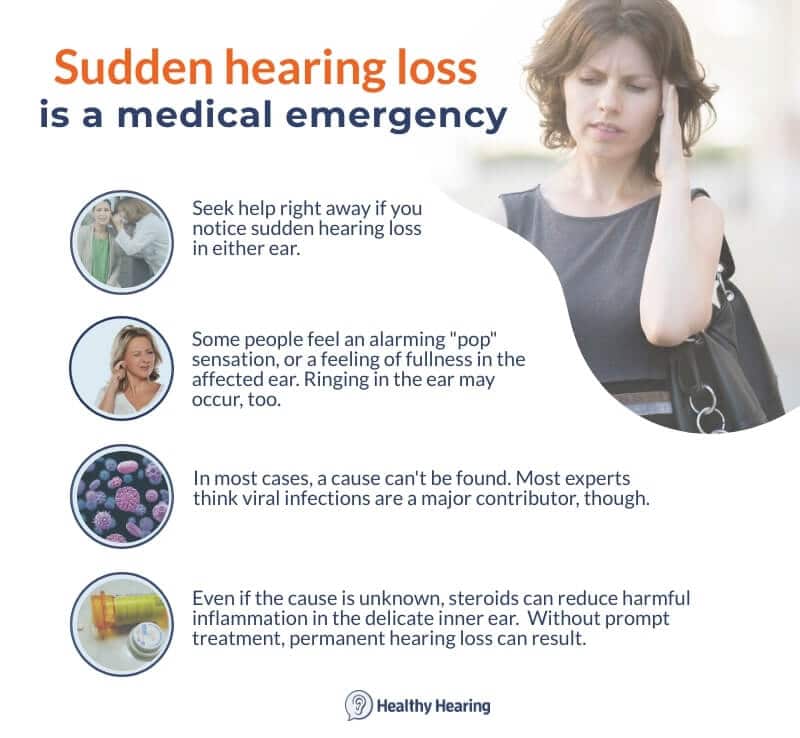Health concerns are in the news every time I turn on the television. With the increase in flu cases, Covid, RSV and even the common cold, we need to listen to our bodies and be mindful to seek the help of the correct professional for the problem.
It is hard to believe that next year I will be celebrating my 40th year as an audiologist. I must say the most frustrating and misdiagnosed auditory problem is sudden sensorineural hearing loss.
I have had the honor to work with most of the otolaryngologists (ENT) in the area where I have seen this time and time again. Idiopathic sudden sensorineural hearing loss (ISSNHL) is a medical emergency that we frequently encounter. Despite being identified over a century ago, ISSNHL remains a clinical enigma, in terms of both diagnosis and management. Unlike most disorders causing hearing loss in adults, which progress slowly and quietly, ISSNHL is a frightening and mysterious event due to its sudden, often unannounced appearance.
Occurring within 72 hours, it has an annual incidence of 5 to 27 per 100,000 persons which is likely an underestimate because spontaneous hearing recovery may discourage some patients from seeking medical treatment.
Hearing loss in ISSNHL has been linked to damage to the cochlea or auditory nerve, which, if not treated promptly, can leave patients with permanent hearing deficits. It can happen to anyone at any time, regardless of age or previous hearing problems. Aural fullness (full feeling in the ear), tinnitus and muffled hearing are the most common symptoms associated with ISSNHL.
The most common issue in ISSNHL is a delay in diagnosis or misdiagnosis because patients and clinicians frequently attribute ear fullness, and tinnitus to cerumen impaction or upper respiratory infections and allergies with fluid accumulation in the middle ear resulting in a delay in diagnosis of ISSNHL. I have tested patients that have been on numerous rounds of antibiotics for infection with no improvement in hearing. Why…because they were misdiagnosed with a middle ear infection. Wrong!
An early intervention of oral steroid regimen initiated preferably within two weeks of onset of symptoms. Intratympanic steroid therapy (injection steroid medication into the middle ear space through the ear drum) may be recommended in patients (i.e. diabetics) with contraindications to steroid therapy or for patients who did not receive benefit from oral steroid treatment.
The bottom line is that both patients and medical providers need to know the importance of being able to recognize and identify sudden sensorineural hearing loss (SSNHL) and the emergency that it is. It is imperative that providers be able to recognize this early so that it may be treated quickly and properly. Too many times it is easy to assume that a patient may have just a simple ear infection, allergies, or something else when it may be SSNHL. It is important, especially for the primary care provider, to rule out potential causes of conductive hearing loss (i.e. cerumen impaction) and if SSNHL is suspected, then the patient should be seen by an audiologist and otolaryngologist. A diagnostic hearing evaluation should be completed, and the correct form of treatment prescribed.
For more information, visit our website at www.hearingsolutionsofnc.com and remember to like us on Facebook. If you noticed a sudden change in your hearing, give Jamie or Diane a call at 704-633-0023 to schedule a hearing evaluation. Dr. Mussler, Jane, Cheryl, and I look forward to seeing you.

